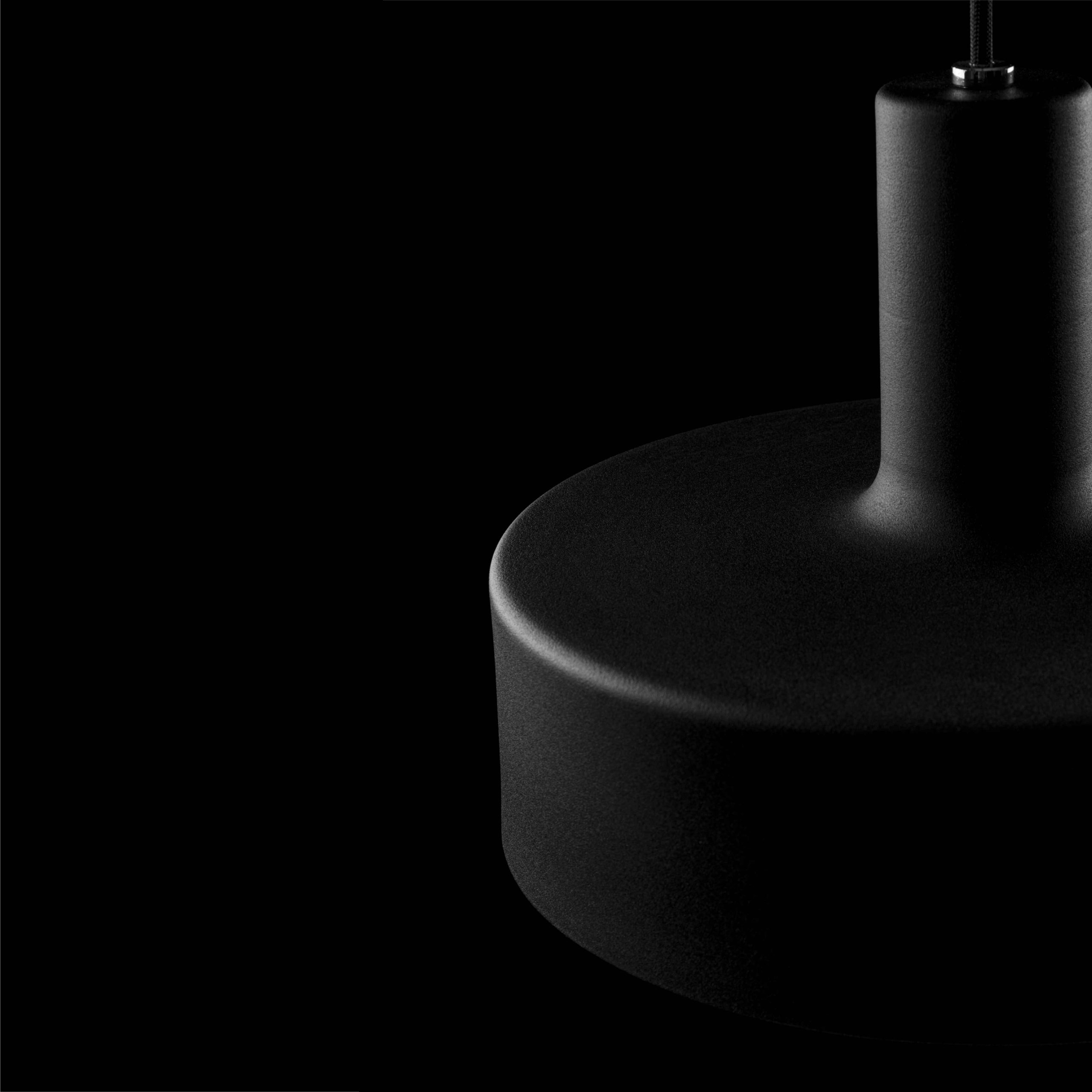Light plays a fundamental role in shaping our perception of the world around us. It not only influences our mood and well-being but also plays a pivotal role in interior design. From the soft, warm glow of a bedside lamp to the bright, natural light streaming through a window, the interplay of light and space has a profound impact on the aesthetics and functionality of our living spaces. In this article, we will delve into the multifaceted relationship between light, interior design, and daily life.
Natural Light: A Gift from Mother Nature
Natural light, often referred to as daylight, is the purest form of illumination. Its dynamic qualities, changing throughout the day and seasons, make it an invaluable asset in interior design.
1. Health and Well-being: Exposure to natural light has been linked to numerous health benefits, including improved mood, increased productivity, and better sleep. In interior design, maximizing the use of natural light can enhance the overall quality of life in a space.
2. Energy Efficiency: Leveraging daylight reduces the reliance on artificial lighting, which not only lowers energy bills but also reduces the carbon footprint of a building.
3. Visual Comfort: Unlike artificial lighting, natural light is soft and diffused. It minimizes glare and shadows, creating a more comfortable and visually appealing environment.
Designing with Artificial Light
While natural light is a powerful tool, it’s not always available or sufficient. In such cases, artificial lighting steps in as a versatile design element.
1. Task Lighting: Task lighting, such as desk lamps or under-cabinet lights, ensures that specific activities are well-illuminated. It aids in reading, cooking, and working efficiently.
2. Ambient Lighting: Ambient lighting sets the overall mood of a room. It can be achieved through fixtures like chandeliers, pendant lights, or recessed lighting. The choice of fixtures and their placement significantly influences the ambiance of a space.
3. Accent Lighting: Accent lighting highlights specific features or objects, adding depth and visual interest to a room. This might include spotlights on artwork, wall sconces, or even floor lamps.
4. Color Temperature: The color temperature of artificial lighting, measured in Kelvin, impacts the mood and functionality of a space. Warmer temperatures (lower Kelvin values) create a cozy atmosphere, while cooler temperatures (higher Kelvin values) are more stimulating and suitable for task-oriented spaces.
The Psychology of Light in Interior Design
The psychological impact of light on human emotions and behavior is a well-studied field. Interior designers carefully consider this when crafting spaces.
1. Warm vs. Cool Light: Warm light, resembling the colors of a sunset, tends to evoke feelings of comfort and relaxation. It’s ideal for bedrooms and living rooms. In contrast, cool light, mimicking daylight, promotes alertness and concentration, making it a good choice for workspaces.
2. Dimmable Lighting: The ability to adjust light intensity is crucial. Dimmable lights offer flexibility, allowing a room to transition from vibrant to intimate, depending on the occasion.
3. Biophilic Design: Incorporating elements of nature, such as plants or materials like wood and stone, in combination with ample natural light, can create a calming and rejuvenating atmosphere, known as biophilic design.
Conclusion
Light, whether natural or artificial, is a vital component of interior design and daily life. It affects our mood, health, and well-being while shaping the functionality and aesthetics of our spaces. The careful selection and thoughtful placement of lighting elements can transform any room into a harmonious and inviting environment, enhancing our quality of life and enriching our daily experiences. In the world of interior design, light is not just an element; it is the brushstroke that paints the canvas of our living spaces.











